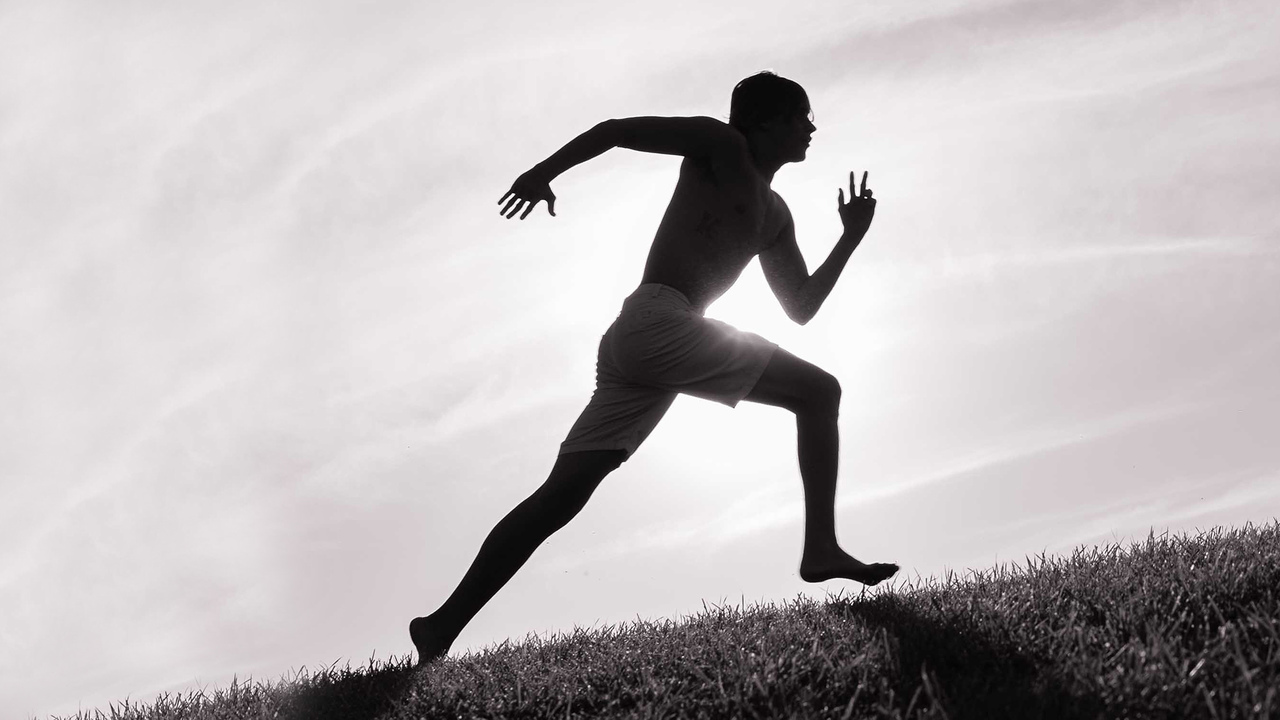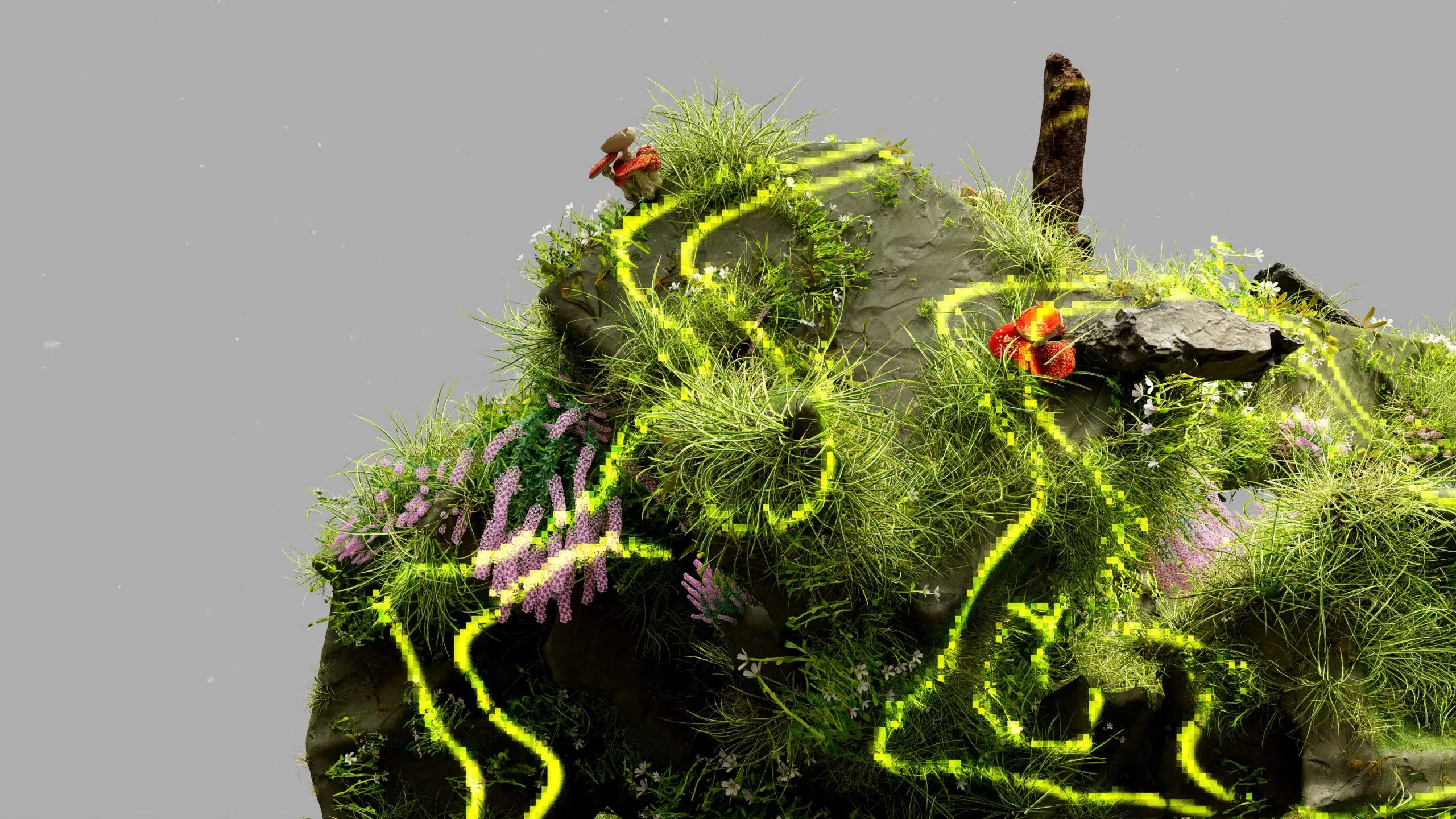Ever find yourself staring at the wall trying desperately to come up with ideas for a new content piece or publicity (read “link”) campaign and drawing a blank?
Me too.
All.
The.
Time.
I liked to think I was quite creative, though it certainly wasn’t the strongest asset in my armory. Unfortunately, I thought, it’s just one of those things you’re born with so I just muddled through the best I could.
Then, earlier this year, I was at a conference and one of the speakers talked about how you could train creativity.
My mind was blown.
Most things in the SEO field can be taught over time and with practice. Someone new to the industry can acquire the knowledge required to become an excellent SEO practitioner.
But creativity was always something I had down as a skill you either possessed or didn’t. To hear that wasn’t the case was a game changer.
As Google, Bing, and other search engines become more intelligent, gaming the off-site aspects of an SEO campaign has become an ever-more fruitless task. This means your marketing game has to be taken to a new level in order to gain the interest of trusted publications and coverage that will drive your website forward. Creative ideas are at the center of that.
Like me, there are many people who would either class themselves as a creative or a logical thinker and leave it there. If that’s you, then let today be your light bulb moment, like that conference was for me.
This post highlights actionable things you can start doing today that will help train your creative side, and I can vouch for their success having been carrying them out myself over the last six months.
Read on, and prepare to release the cork in your creative bottle…
There are many ways to train creativity, most of which just involve straightforward everyday activities and habits.
We’ve listed these below, so you can start to incorporate these into your daily, weekly or monthly routine in order to develop your creative input.
1. Change Your Routine
The first thing you need to build into your routine is changing your routine. Having a diverse set of experiences acts as a stimulus for your creative juices and makes your brain acclimatize to looking for alternative solutions.
This could be big changes like traveling to different places or hanging out with different people, but could be as small as brushing your teeth with the other hand or sitting in a different seat for your dinner.
2. Encourage Bad Ideas
One of the biggest challenges to creativity is people’s fear of failure, namely having bad ideas. But without bad ideas, you won’t know what the good ones are, so it’s important to put everything you think of out there to get feedback so you can hone in on what works and what doesn’t.
Push past your first idea and try to build unexpected associations – most won’t work, but you have a much better chance of stumbling across one that will.
It’s better to have 200 bad ideas and a single good one than no ideas at all.
3. Get Diverse Feedback
As mentioned above, it’s important to get feedback on your ideas, but make sure you don’t always ask the same people. Those in your circle are likely to have similar opinions to you, so you may discount some ideas that others may have loved, or push forward with those that only people like you would appreciate.
4. Steal Ideas
Another creativity myth is that you need to start with a blank sheet of paper in an empty room to come up with ideas. Some of the best brands and ideas come from people looking at ideas in other industries and applying them somewhere else. Try putting your own spin on something that already exists, and you can still end up with a creative idea.
5. Find Time and Space
One of the biggest obstacles to creativity is simply not allowing time for the creative process. In today’s device-heavy world, every moment is taken up looking at a screen and consuming some form of media.
Find a place away from distractions where you can sit, stare out the window, and let your mind wander. This won’t just help your creativity. It’s good for your health, too!
6. Write Things Down
You never know when you might get a creative burst, so it’s important to note them down whenever they strike! You can then return to them later when you are more formally in the ideas process or a brainstorm with others, except now you’ll have a list of thoughts you’ve already compiled to start with instead of a blank page.
7. Experience More
One thing creative people have in common is their appetite for new experiences. The more things you’ve experienced, the more information you have to draw on when coming up with new ideas.
It’s also important to reflect on your experiences, as this strengthens the connections in your neurological network, as well as making sense of what you’ve experienced which puts you in a better place to recall and utilize that information at a later date.
8. Do Creative Activities
Simply carrying out more traditional activities like drawing or painting can also help develop your creative abilities as it forces your brain to engage the creative elements and trains it like any other muscle. By using it more, you develop a better balance with the logical part of your brain which enables it to work better whenever you’re trying to engage in creative thinking.
There are certain habits that creative people seem to have in common that will undoubtedly help you develop your creativity should you incorporate them into your own life. When combined with the specific actions above, you’ll be well on the way to a more creative world!
9. Daydream
As highlighted above, you need to allocate time to engage the creative side of your brain, and sometimes this can be as simple as staring out of a window and daydreaming to let the ideas flow.
10. Practice Mindfulness
Mindfulness has been touted as helping on many fronts, but there is no doubt creativity is aided by taking some time to empty your mind and allowing ideas to flow. As with daydreaming, the process of removing distractions is key to engaging the creative part of your brain.
11. Seek New Experiences
One of the biggest traits of creative thinkers is their openness to new experiences. This desire to learn and see new things develops the breadth of topics that they can draw on when coming up with new ideas, as well as helping them to make connections between all the different experiences that they have had.
12. Be Spontaneous
Creatives tend to act on an impulse when they have it, whether that is pursuing an idea when it pops into their head or pursuing an experience that appears unexpectedly. Linking strongly with the previous point, this opens them up to lots of new experiences which in turn aids the development of their creative side.
13. Follow a Schedule
While spontaneity is important, many are surprised that strict scheduling is also a common habit that helps the most creative people out there. Structure allows the mind to think freely without the impact of other concerns as that time is dedicated to the creative process. It also means you always have time planned in specifically for the creative process.
14. Take Risks
You don’t need to start hanging off skyscrapers to become more creative, but having the courage to risk laying ideas on the line will develop your creativity over time and move you toward good ideas more quickly than if you are timid and sit quietly in the corner.
15. Observe
In the same way as having more experiences aids creativity, so does observing others’ experiences. Watching people and the world go by is a common trait of the most creative people, storing memories they can draw on and connections they can make with future ideas.
16. Exercise
Whether it’s a morning run, walking into town or going for a swim, exercise helps you to focus as well as forcing you to disconnect from devices. A Stanford study showed that 90 percent of people were more creative after exercise.
Conclusion
While some of these habits seem contradictory, it’s clear that maintaining variety in what you do is crucial to developing your creative side. Create a structure that allows regular time in your schedule to focus on training creativity, but don’t let that stop you taking risks or indulging in spontaneous activities along the way.
As someone who has always viewed himself as more of a logical thinker, I can vouch for the creative improvement I’ve seen since I started working on the recommendations above.
My key tips to get started would be:
- Make time: This is the problem for 99 percent of people. Get out the office, away from your devices and let your brain start ticking. Whether it’s sitting in a coffee shop and watching the world go by or going for a run, this is a crucial first step that made a big difference for me.
- Lose the fear: The other major obstacle I found was being scared of people thinking ideas were bad or silly. When you acknowledge that the bad ideas are a necessary step toward the good ones, it becomes much easier to share everything and progress more quickly toward your goal.
If you can follow just those two steps, you’ll be well on the way to being a more creative person.
SEO has always been a combination of art and science, and it’s time to start putting more emphasis on the art aspect of this to take your campaigns to the next level.
Develop your creative side. Work hard to improve it so that you can deliver more:
- Interesting content.
- Inspiring publicity campaigns.
- Innovative ways of looking at your campaign strategy.
And if you’re still doubting whether you have what it takes to train your creativity, I’ll leave this final thought from the legendary Seth Godin:
“Someone asked me where I get all my good ideas, explaining that it takes him a month or two to come up with one and I seem to have more than that. I asked him how many bad ideas he has every month. He paused and said, ‘none’.”
____
by Tom McLoughlin
source: SEJ


